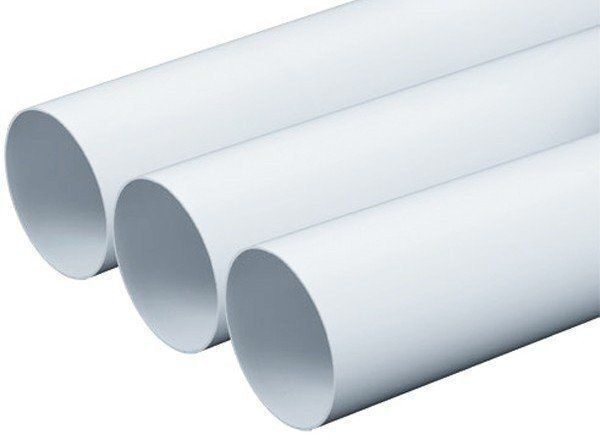When selecting plastic ducting supplies for a ventilation system, there are several key considerations to ensure you choose the right type of ducting for your specific needs. These considerations include material types, performance characteristics, cost, and installation requirements. Understanding these factors can help you make an informed decision and ensure the efficiency and longevity of your ventilation system.
1. Types of Plastic Ducting Materials
Plastic ducting is available in several types of materials, each with unique properties. The most common materials are:
-
PVC (Polyvinyl Chloride): PVC ducting is known for its rigidity and durability. It is resistant to most chemicals, moisture, and fire, making it suitable for a wide range of applications. It’s also relatively easy to clean and maintain. PVC is often used in both residential and commercial settings for HVAC systems and ductwork.
-
ABS (Acrylonitrile Butadiene Styrene): ABS ducting is slightly more flexible than PVC and has excellent impact resistance. It can withstand higher temperatures and is also resistant to chemicals. However, it is generally more expensive than PVC.
-
PP (Polypropylene): Polypropylene ducting is highly resistant to chemicals and can handle high temperatures, making it ideal for more demanding applications. It is also flexible and lightweight, which can ease the installation process. However, it is usually more costly than PVC and ABS.
-
HDPE (High-Density Polyethylene): HDPE ducting is very flexible and durable, offering excellent resistance to chemicals and environmental conditions. It is commonly used for large-scale industrial applications and can be more expensive than other plastic ducting options.
2. Performance Characteristics
The performance of plastic ducting depends on several factors:
-
Airflow Efficiency: Good ducting should allow smooth airflow with minimal resistance. PVC and ABS ducting typically offer low resistance to airflow, which helps in maintaining system efficiency.
-
Temperature Tolerance: Different plastic materials have varying temperature tolerances. For instance, PVC can handle moderate temperatures, whereas PP and HDPE can withstand higher temperatures.
-
Chemical Resistance: For environments where the ducting might be exposed to chemicals, materials like ABS and PP offer superior chemical resistance compared to PVC.
-
Fire Resistance: PVC has inherent flame-retardant properties, which is crucial for safety in building codes and regulations. ABS and PP are less fire-resistant but still meet certain fire safety standards.
3. Cost Considerations
Cost is a significant factor in choosing plastic ducting supplies:
-
PVC: PVC ducting is generally the most cost-effective option. Its affordability, coupled with good performance characteristics, makes it a popular choice for many applications.
-
ABS: ABS ducting is more expensive than PVC but offers better impact resistance and temperature tolerance.
-
PP and HDPE: Both PP and HDPE are more expensive due to their specialized properties, such as higher temperature tolerance and better chemical resistance. Their cost is justified for more demanding or industrial applications.
4. Installation Requirements
Ease of installation can vary based on the type of plastic ducting:
-
PVC: PVC ducting is easy to handle and install, with straightforward joining methods like solvent welding. It is a good choice for DIY projects and professional installations alike.
-
ABS: ABS ducting can be slightly more complex to install due to its different joining methods, but it is still manageable for experienced installers.
-
PP and HDPE: Both materials can be more challenging to install due to their flexibility and the need for specialized tools for joining. Professional installation might be required for these materials.
Conclusion
Choosing the right plastic ducting supplies involves evaluating material properties, performance characteristics, costs, and installation requirements. PVC is a versatile and cost-effective choice for most general applications, while ABS offers enhanced impact resistance and higher temperature tolerance. For more demanding environments, PP and HDPE provide superior performance but come at a higher cost and require more complex installation processes.

